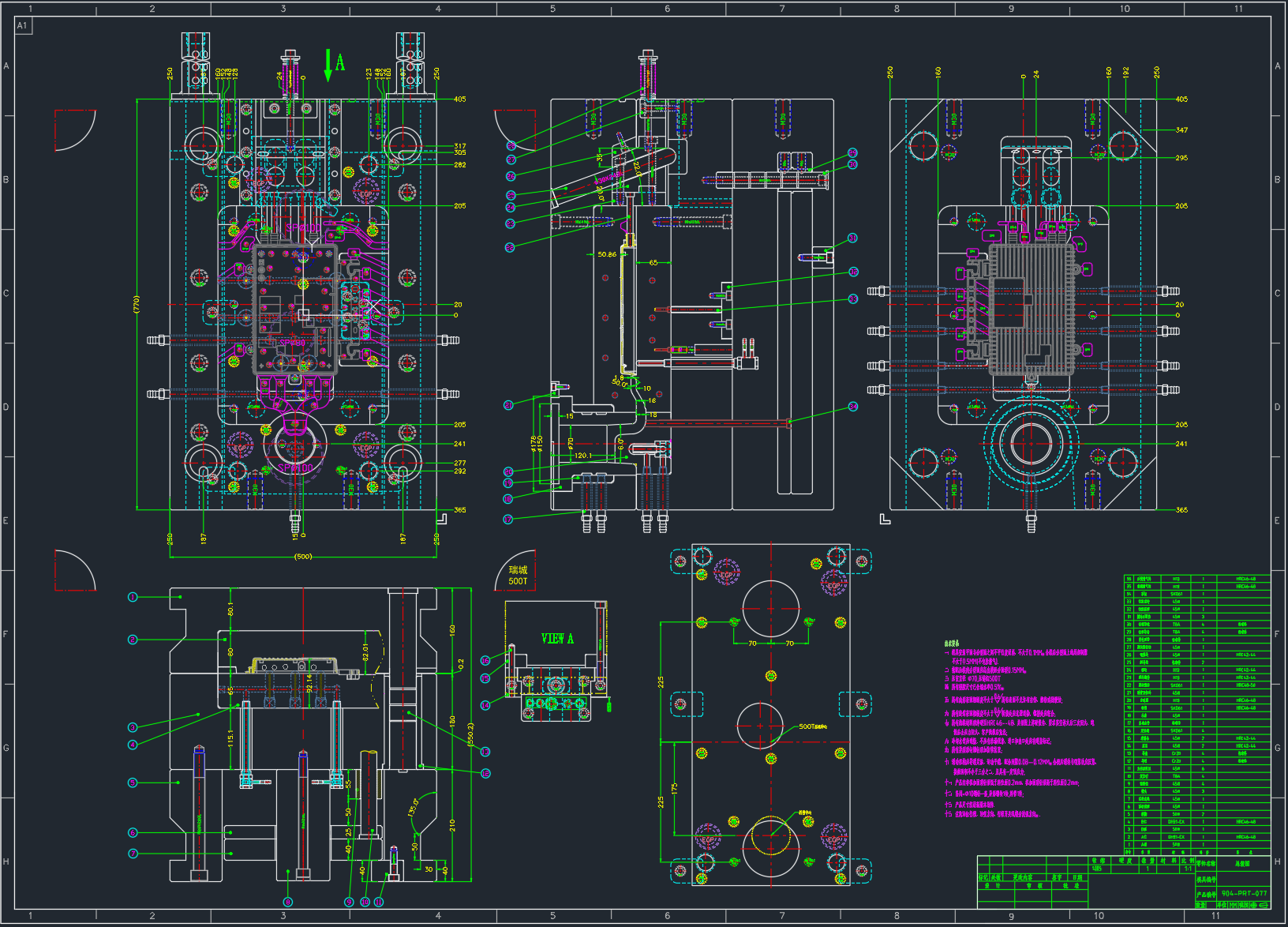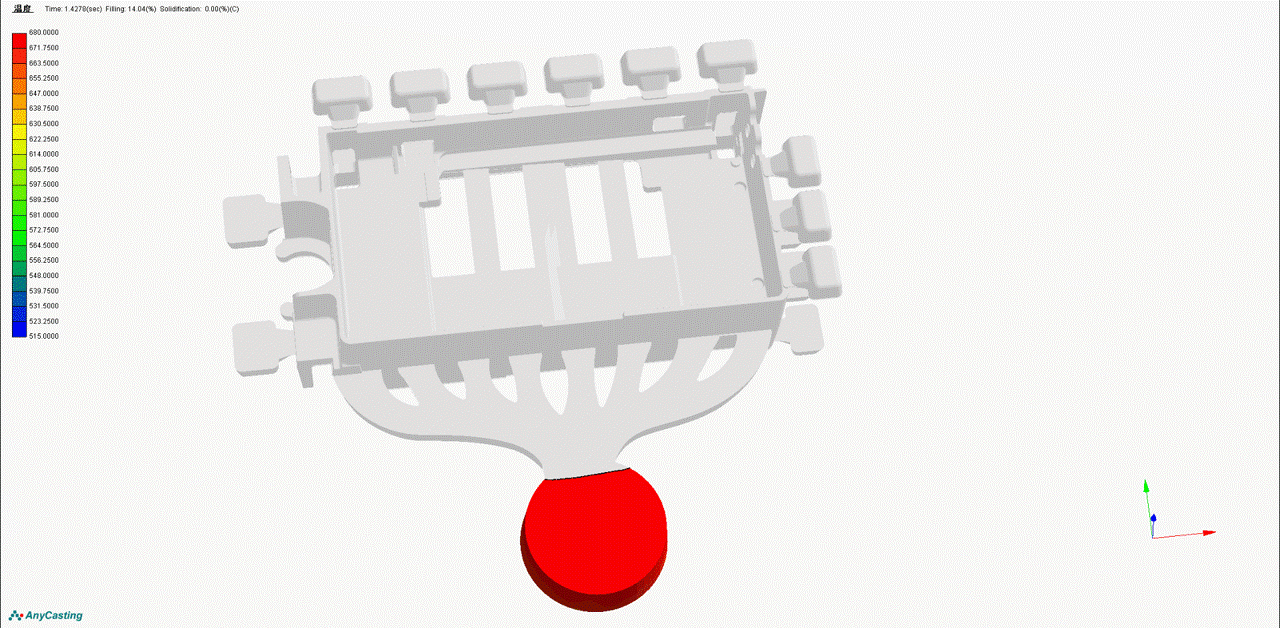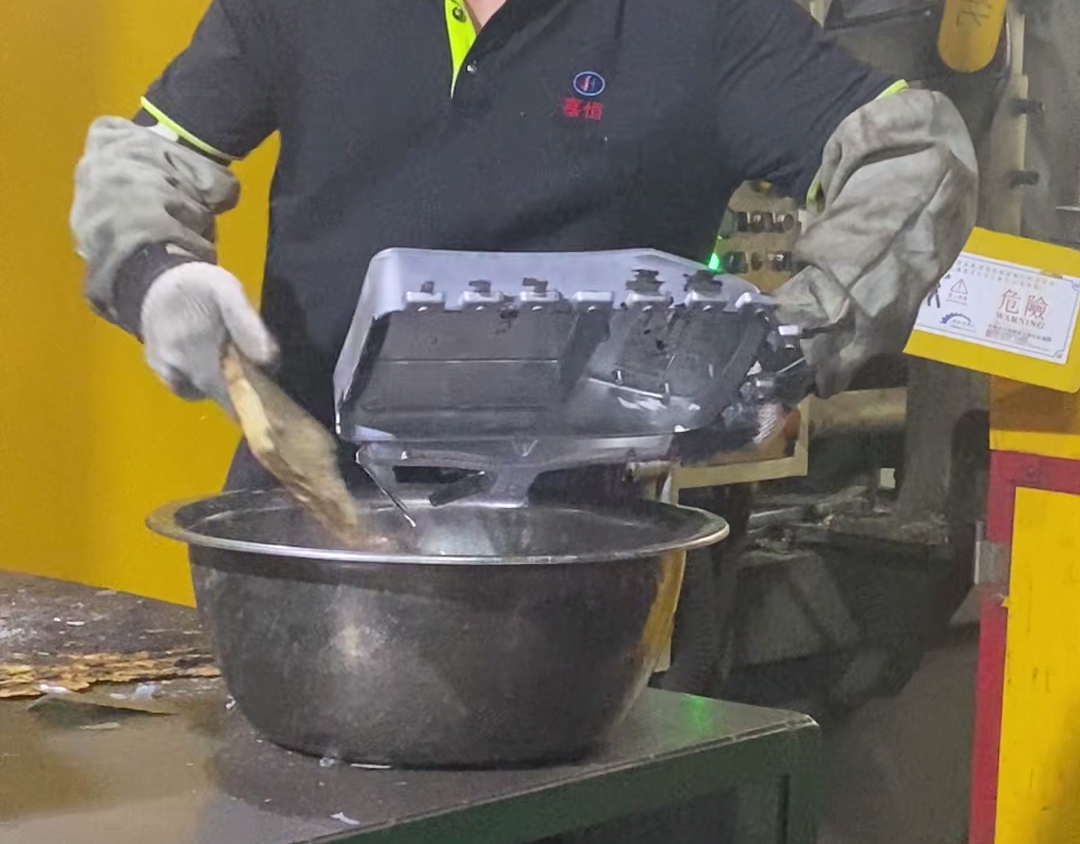How to Produce High-Precision Die-Cast Parts
The die casting process involves several steps, including mould design, metal preparation, injection, casting and finishing.
Mould Design
The initial step in the die casting process is creating a mould called a die. This mould is usually made from steel or aluminium and is designed to withstand the high temperatures and pressures of the die casting process.

The mould design begins with developing a CAD design of the required mould. This design is then used to create a mould by CNC machining, which is further used in the casting process.
Metal Preparation
The next step is to prepare the metal for injection. This metal is typically an alloy, such as aluminium, magnesium, or zinc. The metal is melted in a furnace and then poured into a ladle.

Injection Process
Once the metal is in a liquid state, it is injected into the mould under high pressure. The molten metal fills the mould cavity and cools to create the desired shape.

Casting Process
After the metal has cooled and hardened, the mould is opened, and the part is ejected. Ensure that the part has cooled entirely before handling to avoid any potential injuries.

Finishing Process
The final step in the process is to finish the part. Surface finishing plays a vital role in die casting, as it can impact the durability and function of the part. Standard finishing processes include anodizing, powder coating, wet plating, and many more.

Part Size
Part size is also a factor to consider. Different size parts require different tonnage injection molding machines, which will affect the cost of the mold and the cost of the part. Currently, the largest size die casting that XY-GLOBAL can support is 950*950*150MM.
Of course, if your molding project is still in the prototype stage and you only need a few parts, don’t worry, XY-GLOBA can provide you with very cost-effective molds with as fast as 2 hours delivery. Click this link to upload 2D/3D drawings and get a quote for your order!

